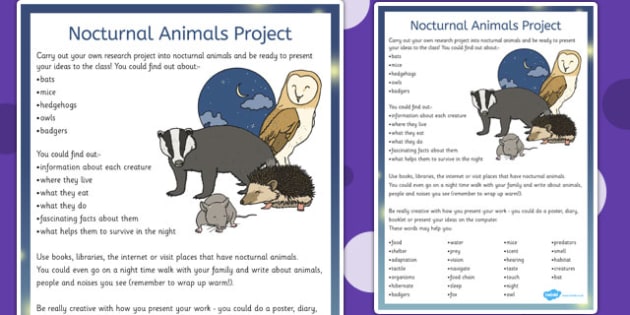

It’s likely to be shades of gray, sensitive to movement but maybe lacking fine detail. One can only guess at what nocturnal animals see. In nocturnal animals, the densest material is in the center of the nucleus, effectively focusing all of the available light in one area. In diurnal animals, the chromosomes in the nucleus are densest around the edges, which means that any absorbed light is scattered around the edges. Nocturnal animals possess a pathway through which rods connect to the same “dark” circuits used by cones, which allows them better perception of edges, movement, and silhouettes in dim light.Įven the nuclei of the rod cells are adapted for night vision. In our eyes, the cones connect to circuits that send either “light” or “dark” signals to the brain, which increases sensitivity to movement and the edges of objects. However, because their large eyes create a big image that is focused on a big retina, they capture some detail despite the shortage of cones. This pools the information collected from the rods and creates a stronger signal, but the image is less defined.Īs you might expect, the retinas of nocturnal animals are packed with rods and have few cones. While each cone has its own brain connection, multiple rods are wired to a single brain connector. Cones account for color vision but require bright, focused light, whereas rods can sense very dim, scattered light, but don’t produce a color image. The color you see is the pigment on the inner layer of the retina.Īt the heart of all vision is the retina, which contains two types of light-sensing cells: rods and cones. This makes some animals’ eyes shine in the glare of car headlights. Light that passes through the retina is reflected off the tapetum, giving the retinal cells a second chance to sense it. Many nocturnal animals have a mirror-like layer, called the tapetum, behind the retina, which helps them make the most of small amounts of light. Tubular eyes cannot rotate in their sockets like the spherical eyes you and I have, so owls compensate with incredibly flexible necks that allow them to turn their heads 270 degrees. Owls are thought to be somewhat far-sighted.

This structure allows a lot of light to register on the retina, but at the expense of flexible focusing. Owls’ eyes are tubular, rather than spherical, with a very large lens positioned close to the retina. There are also physiological differences between the eyes of nocturnal and diurnal animals. In owls, eye size approaches the extreme: their eyes occupy over half the volume of their skulls. So do tree frogs, which have to be able to jump from branch to branch. Nocturnal hunters like owls and cats have pupils that, when open wide, cover the entire front of the eye. How do animals see in the dark? For one, they have big eyes. Yet humans flounder with the departure of daylight, while many animals are able to forage and hunt by night. Even when I looked carefully, I could barely discern the thin strands of wire in the gloomy evening light.Īll vertebrates share the same basic eye structure: a pupil that dilates or constricts to control how much light enters the eye, a lens to focus the image onto a light-sensitive retina, and nerves that relay the information to the brain.

I was taking a shortcut through some woods, and the impact sent me tumbling. I’ll always remember the time I ran into a wire fence at dusk.


 0 kommentar(er)
0 kommentar(er)
